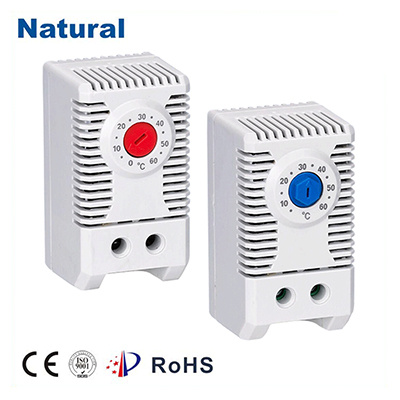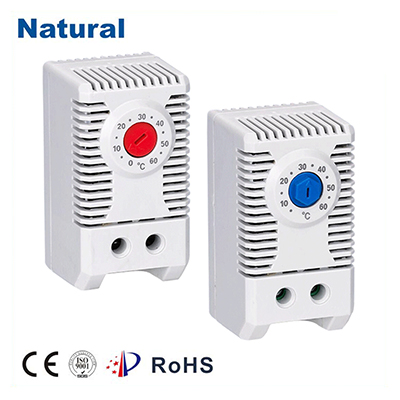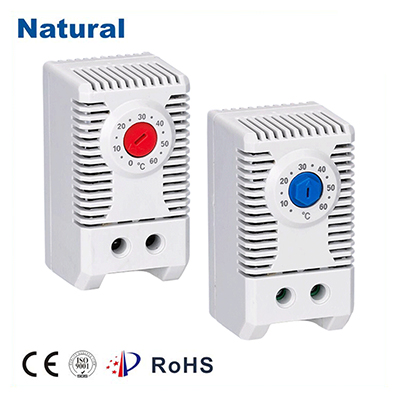Bimetal thermostats are essential components in various heating and cooling systems, playing a crucial role in temperature regulation. These devices utilize the unique properties of two different metals to create a reliable and efficient method for controlling temperature. In this article, we will explore the construction, operation, advantages, and applications of bimetal thermostats.

Construction and Operation

A bimetal thermostat consists of two strips of different metals bonded together. These metals have different coefficients of thermal expansion, which means they expand and contract at different rates when exposed to temperature changes. Common metal combinations include steel and copper or brass, chosen for their mechanical properties and thermal characteristics. When the temperature around the thermostat rises or falls, the differential expansion between the two metals causes the bimetal strip to bend. This bending action is key to the thermostat’s operation: it can open or close an electrical circuit. When the temperature exceeds a preset limit, the bimetal strip bends enough to trigger a switch, turning off the heating system. Conversely, when the temperature drops, the strip returns to its original shape, closing the circuit and allowing the heating system to operate again.

Leave a Reply